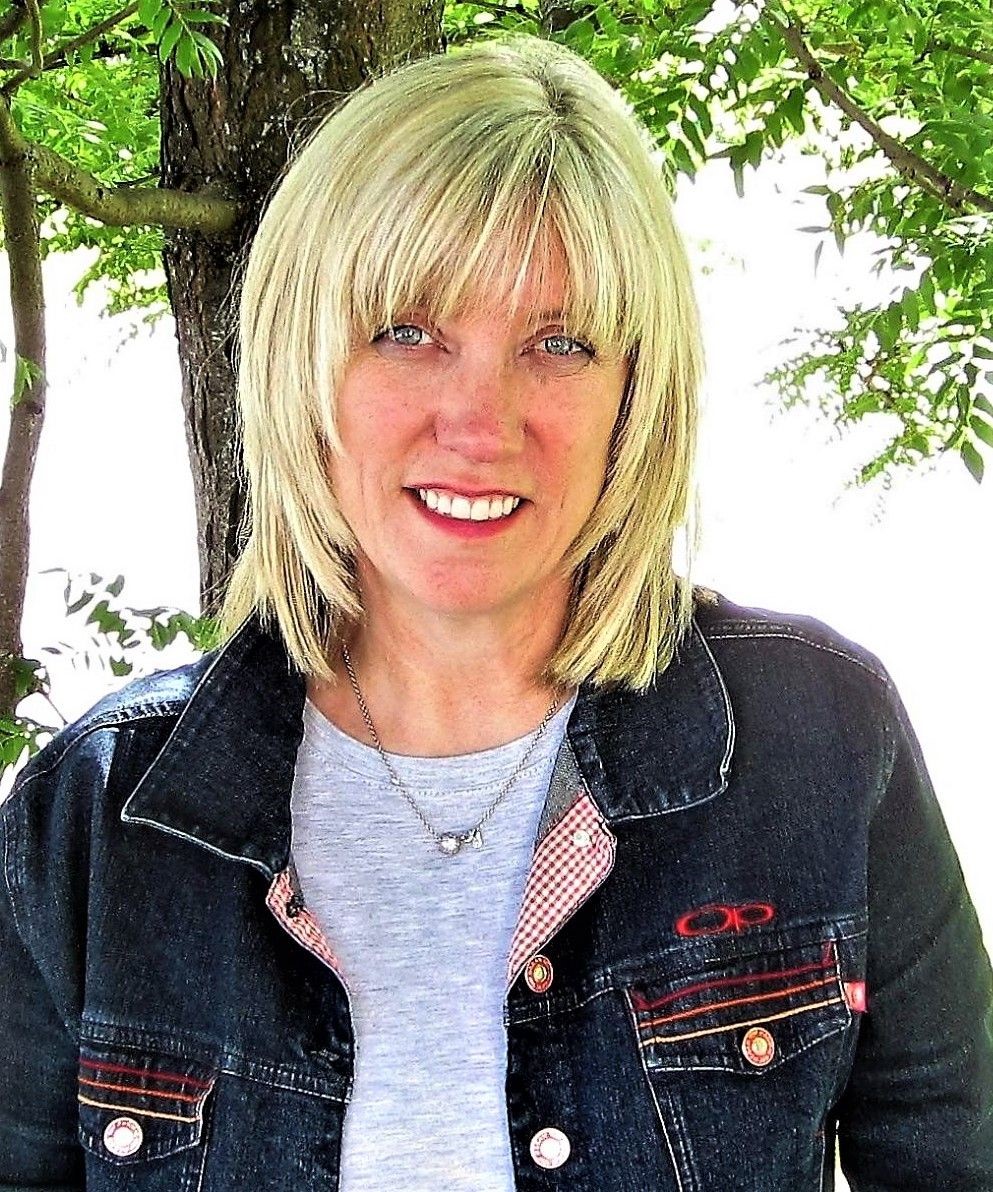Five Questions for Lindy Mechefske, author of Out of Old Ontario Kitchens

What inspires you to write about food?
My love affair with food, and even more specifically, with the combination of food and history, began when I was three years old, rolling out the pastry for jam tarts in my grandfather's ancient Yorkshire kitchen. What I remember is this: food, love, joy.
Food is so often our first (and our last) memory of life. Food is community, culture, love. Food is our most fundamental necessity.
We are part of a global food community and food connects us — all of us — the whole immense global population. And the thing is, food is not just the world's largest industry, but it is also one of the ways in which we make the biggest impact on the planet. The way we eat and the food we choose to buy, grow, and cook, has staggering implications for the future of the world.
It is almost impossible to overstate the importance of food.
What was your inspiration for this book?
Very early on in my research for Out of Old Ontario Kitchens, I realized that many of the fabulous food stories I was discovering were women's stories. In fact, most food stories are women's stories. It is only in the past few decades that we have seen the rise of the superstar male chef — often doing the work that women have done forever.
Along the way, I began to think of this book as my feminist manifesto — the chance to tell the stories of our mothers, and grandmothers, and great-grandmothers and so on — of the great body of unsung, unpaid, undervalued, under-gloried work of women for centuries. Except in the most exceptional circumstances, the work of cooking, along with food preparation and preservation once fell almost entirely to women. It was work every bit as important as agriculture, commerce, mining, politics, and the development of infrastructure.
We've long glorified men who fought in battles, the explorers, and political leaders but we have never glorified the women who fed them, and who kept families and nations fed through the most incredible circumstances: poverty and famine, droughts and plagues, wars and recessions and terrible depressions.
What was the most interesting thing you learned from researching and writing this book?
I learned so much about the powerful role of early cookbooks. In many cases, early settlers, especially those on the land, may only have had two books in the house, a Bible and a cookbook. Those cookbooks, in particular, were where many a female learned both literacy and numeracy.
Cookbooks were the domain of women. They were intimate private spaces that connected their readers to the world at large. And the early community contributor cookbooks (which began appearing in the late 1800s) were really the very first form of social media — a place where women could contribute, share, and publish their knowledge and also learn what women elsewhere were doing.
Cookbooks kept publishing companies afloat. And they were written almost exclusively by females. This I absolutely love. I consider it a huge privilege to be following in the footsteps of those remarkable early female food writers.
What can you say about the design of this book?
I think the scrapbook-type design of this book reflects the same kind of private, intimate space of early cookbooks and especially of old manuscript cookbooks — the jotters full of handwritten recipes and notes.
Those old handwritten books often held much more than recipes. There were notes about birthdates and the dates of death of family members; remedies for illnesses; quantities of food to be served at various community events; weather details; costs of things; gardening notes; and household tips ("Salts of Lemon is good to clean Hats"). Recipes for cooking venison appeared on the same pages as recipes for caramel sauce. Every line of every page was used. Paper and pens were precious, scarce resources.
Later, into the 1900s, recipes and pictures from newspapers and magazines were often pasted into the books, alongside handwritten recipes and notes. Old seed packets, advertisements, and product related recipe cards were sometimes tucked into the well-worn and often splattered pages of these old books.
I think this book takes us visually back to a previous era — to a time when books were truly treasured possessions.
What would you like for readers to take away from the book, other than the great recipes?
I think we are beginning to recognize the true importance and fundamentality of food — how what we eat impacts our health, our economy, and the health of the planet. And truly, how without food, nothing else matters.
Our culinary history is the story of how we lived, and ate, and survived in the era before industrialized food. The Indigenous Peoples and early settlers of Ontario knew where their food came from: the forests, and fields, and waterways.
To a large extent, we are losing our food literacy — the knowledge of how to fish and hunt; how to forage and grow our own food. And are just beginning to realize the ramifications of highly industrialized food — the tremendous toll on our own health, our economies, and the health of the planet.
The sharing of food is so paramount; so imprinted. So much bigger than ourselves — a deeply spiritual and universal, primal bonding experience. We eat because it is a biological necessity; because food is life. But food is also about hunger and yearning; about memory and love; about safety and security; about community and heritage; about health and prosperity and equality; about belonging; and about the intangible connections between us.
Food stories are the real stories of our lives.


Follow Us!